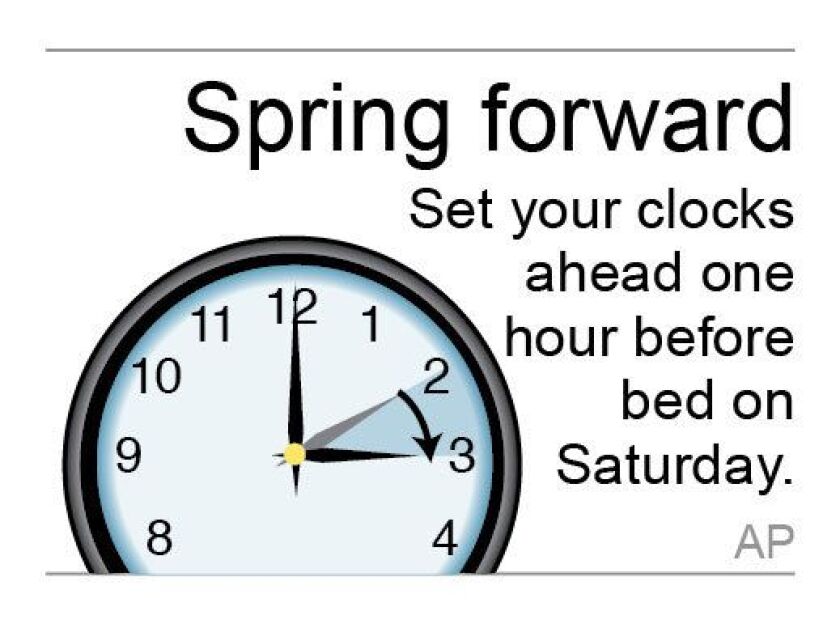Millions of working families need help from the government to make ends meet and it comes at an eye-popping cost, according to a new study from researches at the University of California-Berkeley.
The study, released by Ken Jacobs, Ian Perry and Jenifer MacGillvary, says that low wages ultimately cost U.S. taxpayers $152.8 billion per year in benefits paid to those low-wage workers.
Nearly three-quarters (73 percent) of enrollees in America’s major public support programs are members of working families.
The study defines a working family as having at least one member working at least 10 hours per week and 27 or more weeks per year.
Here’s a detailed breakdown:
“Reliance on public assistance can be found among workers in a diverse range of occupations. Three of the occupations with particularly high levels of public assistance program utilization that have been recently analyzed are front-line fast food workers, child care providers, and home care workers,” the report states.
The heavy reliance on government aid is traced directly back to “stagnating wages and decreased benefits,” according to the report.
“Real hourly wages of the median American worker were just 5% higher in 2013 than they were in 1979, while the wages of the bottom decile of earners were 5% lower in 2013 than in 1979,” the report states. “Trends since the early 2000s are even more pronounced. Inflation-adjusted wage growth from 2003 to 2013 was either flat or negative for the entire bottom 70% of the wage distribution.”
The researchers argue that if more major employers and states raised their minimum wages, all levels of government would be able to better target how tax dollars are used.
Higher wages and increases in employer-provided health insurance would result in significant Medicaid savings that states and the federal government could apply to other programs and priorities. In the case of TANF—a block grant that includes maintenance of effort (MOE) provisions that require specified state spending—higher wages would allow states to reduce the portion of the program going to cash assistance while increasing the funding for other services such as child care, job training, and transportation assistance. Higher wages would also significantly reduce federal expenditures on the EITC and SNAP. Overall, higher wages and employerprovided health care would lower both state and federal public assistance costs, and allow all levels of government to better target how their tax dollars are used.
h/t: Business Insider





